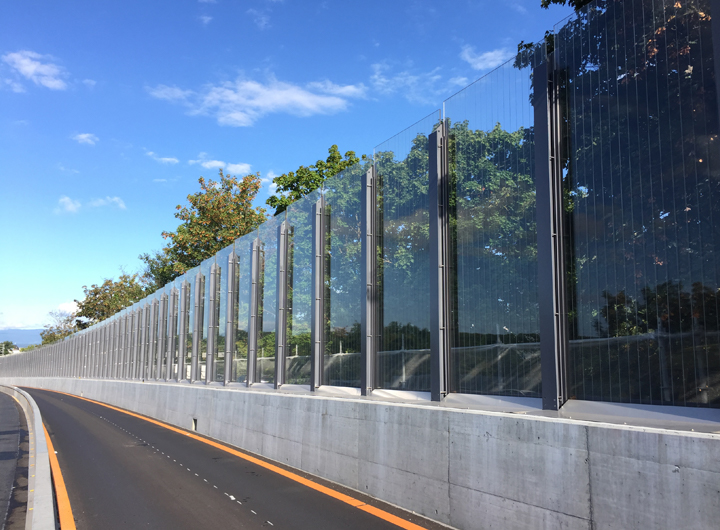Building façades represents a major challenge in contemporary architecture. That’s why the firm’s team has engineers specialising in the field. In the context of sustainable development, the design of façades is intimately linked to a building’s energy performance, and façades are also becoming increasingly varied, expressive and complex.
Glass Façades
Thanks to its translucence, glass has always been a central material in the design of façades. The way glass is used in the construction sector is continually evolving.
A large scale “glass brick” was developed for the CEVA train stations project. It is composed of structural glass adhered to aluminium profiles that are interlocked within a light secondary steel frame. This brick is used as façade, slab and roof element.
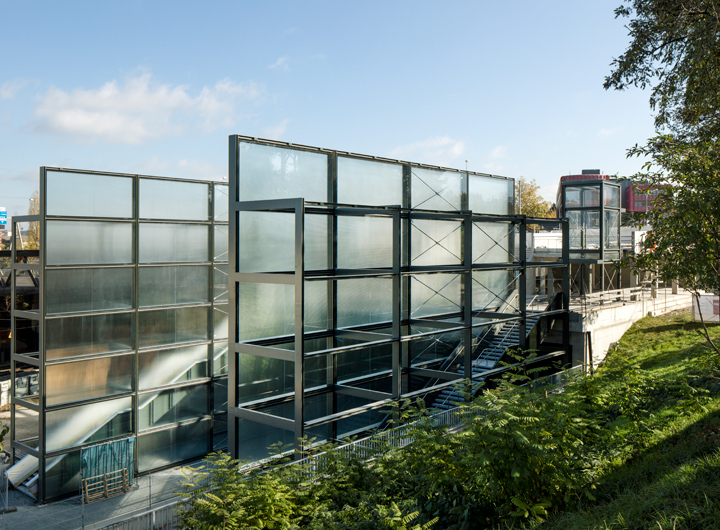

Wood Façades
Wood is one of the materials that best fits the sustainable development criteria. It is increasingly used in the construction sector, with this also the case for all kinds of façades.
For the Artlab façade, prefabricated structural insulated wood panels were used as a thermal envelope for the building. These panels are fitted with “pre-greyed” wooden boards attached with a system of wooden sub-structures and aluminium framing.
Green Façades
The use of plants on façades provides environmental benefits since these plants boost insulation properties and provide protection from the sun’s rays.
The green façade used for the UBS-Rhône project provides protection from the sun for the south-facing offices while simultaneously enhancing the internal courtyard area and its restaurant. The underlying structure is a light metal construction anchored at the front of the façade. It supports the soil containers and a sprinkler system and creates a space for outdoor circulation.
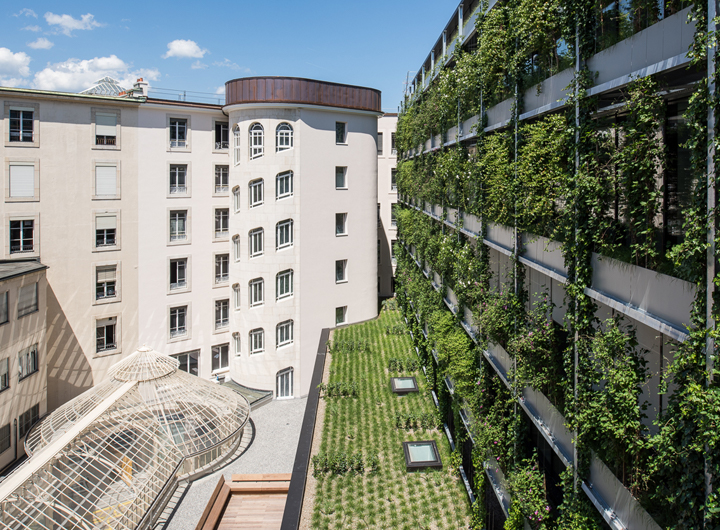
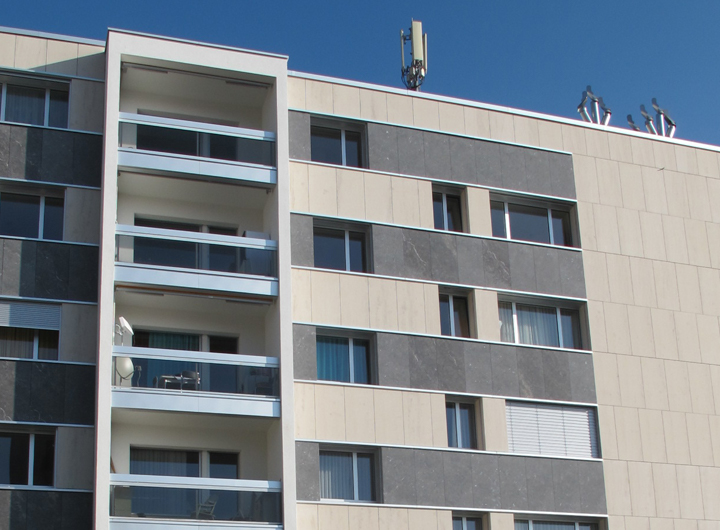
Stone Façades
Natural stone is a unique material, both natural and extremely durable. It is also an excellent choice for complying with environmental criteria. The way it is used for cladding buildings is constantly evolving. Modern techniques allow the restauration of the architectural qualities of degraded buildings so their heritage value can be enhanced.
The insulation envelope of a building in Lausanne was upgraded by replacing the insulation material and then cladding this in natural stone. New anchoring points in the cement masonry were required to support the new stone surface.
Façades made of Exposed Concrete
Concrete can be used in many ways for façades.
For a house project in Lutry, the façade was made of pleated concrete elements with rust coloured glazing applied to it. The four large cornerpiece were extended and given a pointed shape, thus creating a sun and wind breaker.
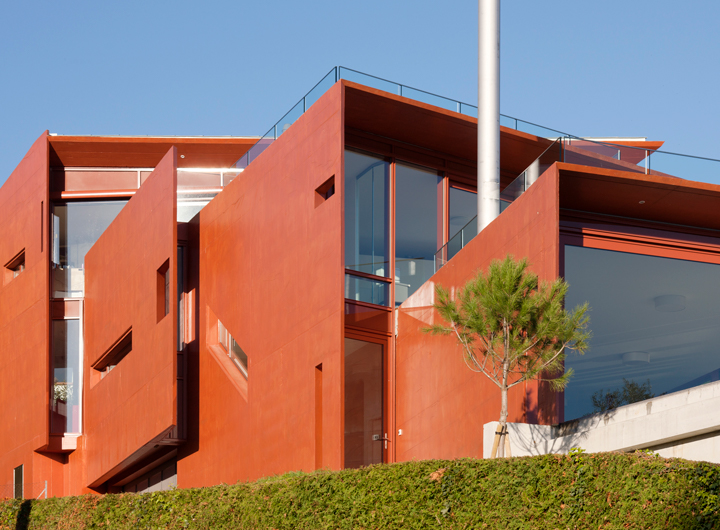

UHPFRC Façades
Thanks to its impressive mechanical resistance and its low degree of porosity, ultra-high-performance fiber-reinforced concrete (UHPFC) allows the creation of light sections for façades.
The façade of the National Museum of Qatar in Doha is made of pre-fabricated UHPFRC components used to form a range of large discs. The sub-structure supporting these discs is a metal structure supported by metal posts, with insulation provided by cellular glass panels.
Noise Barrier Walls
Noise barrier walls are installed along transport networks to protect neighbours from noise pollution caused by road and rail traffic. A wide range of options are available to improve the efficiency and integration of these urban façades into the townscape.
The noise barrier walls for the bridge over the Flon were dismantled and then rebuilt in the same location to use the existing anchoring points. The metal framework and poly methyl methacryate (PMMA) components were reconstructed.
